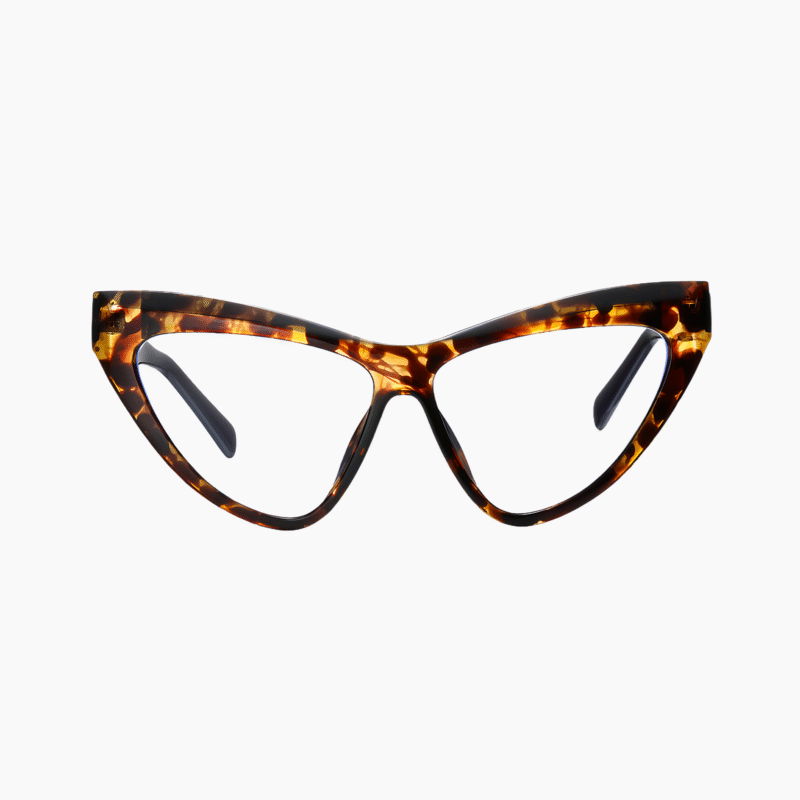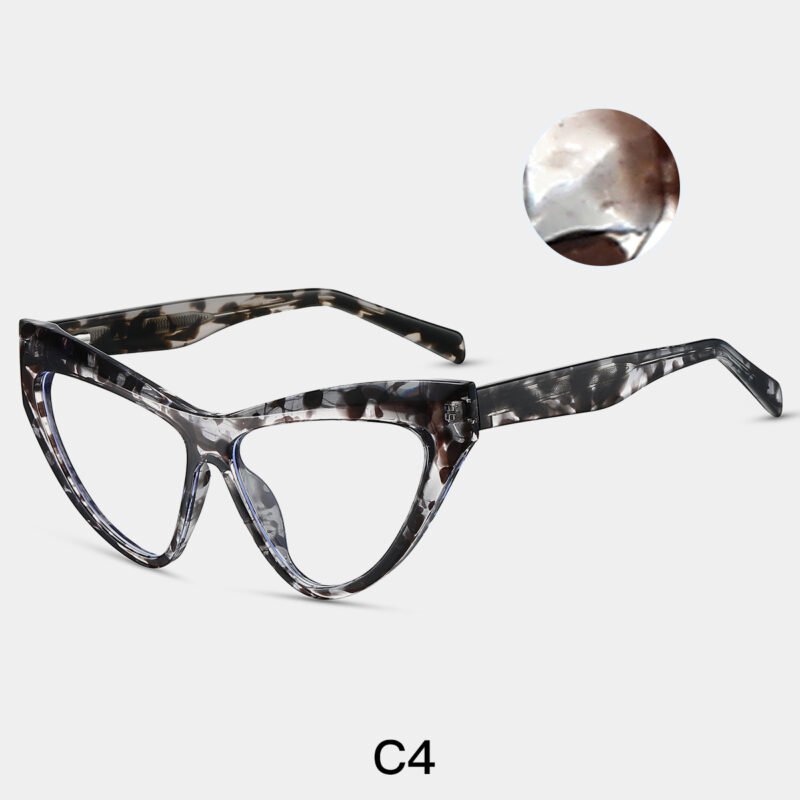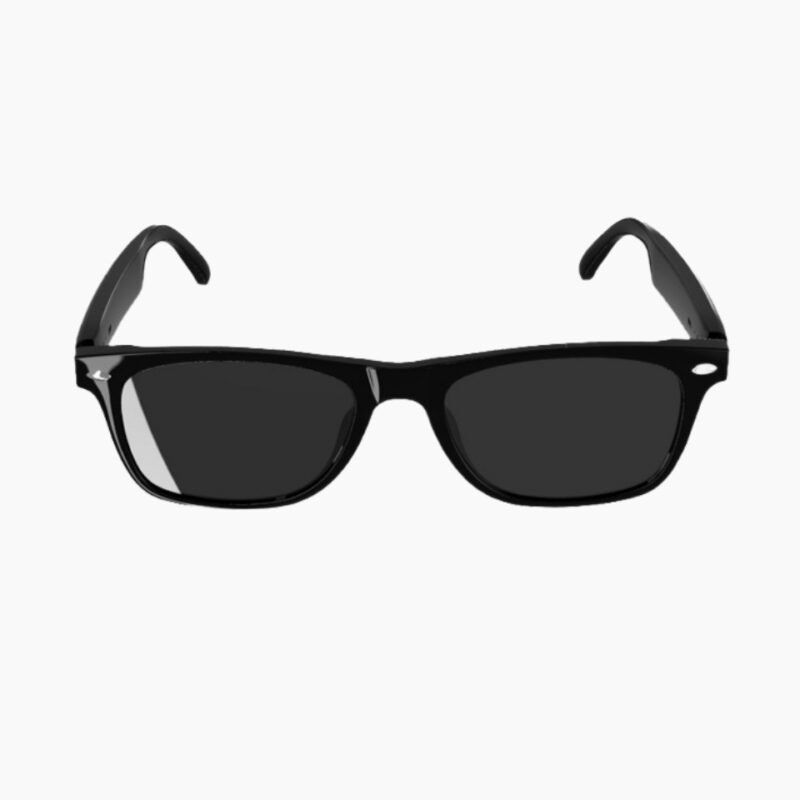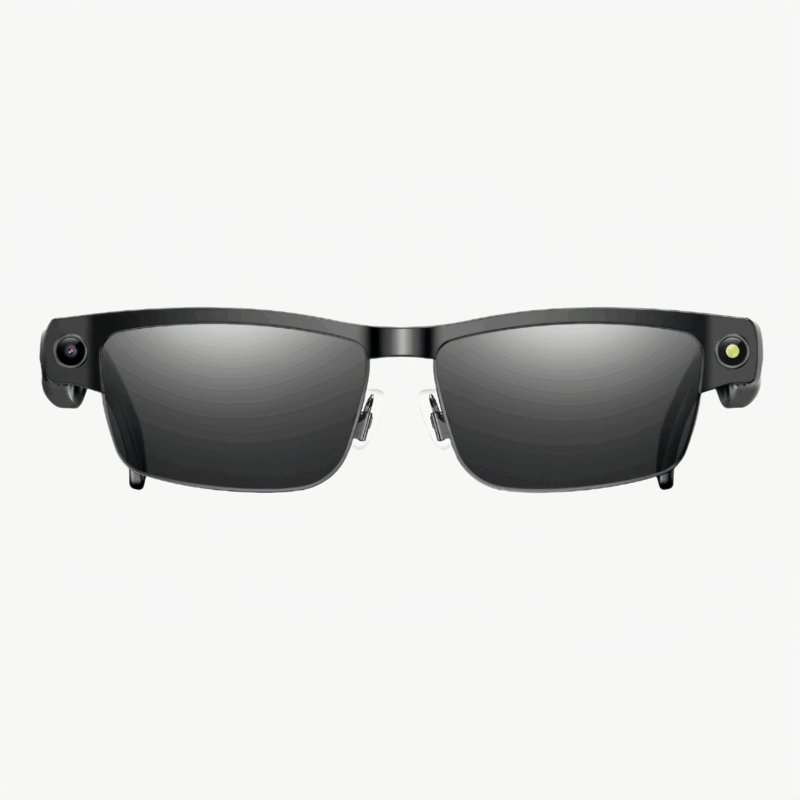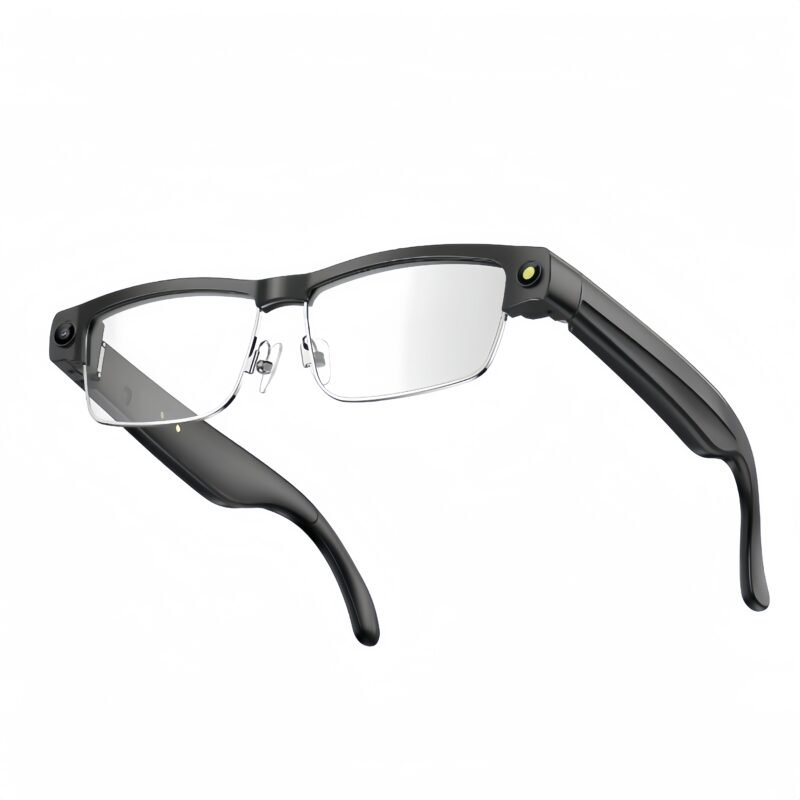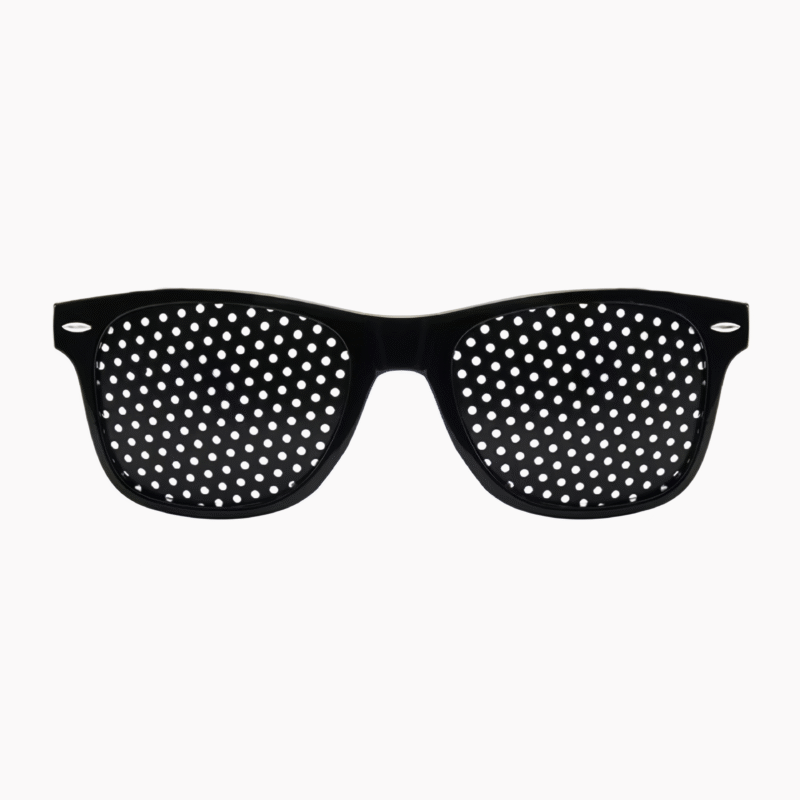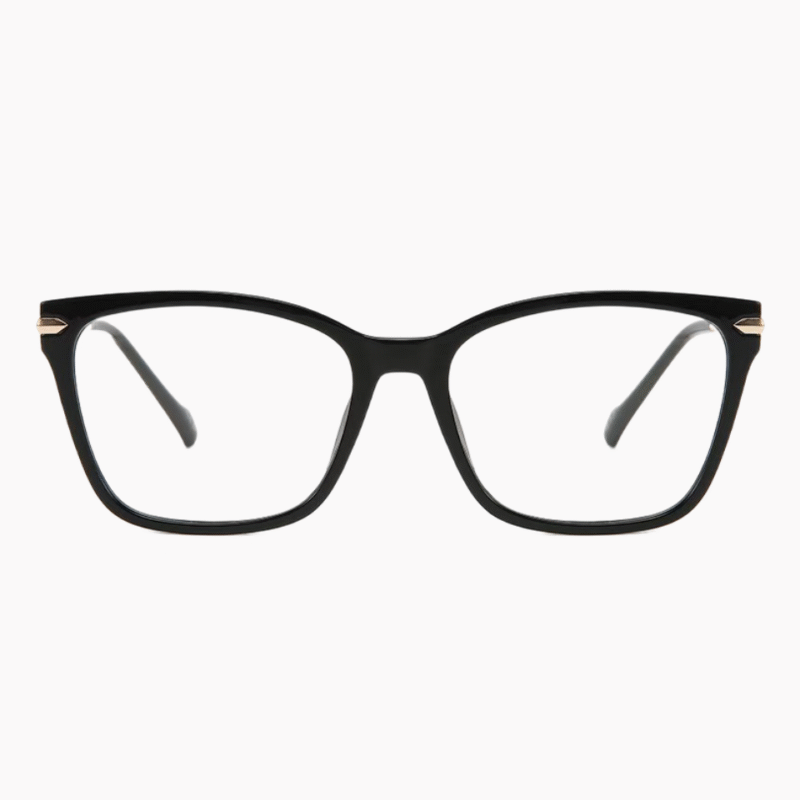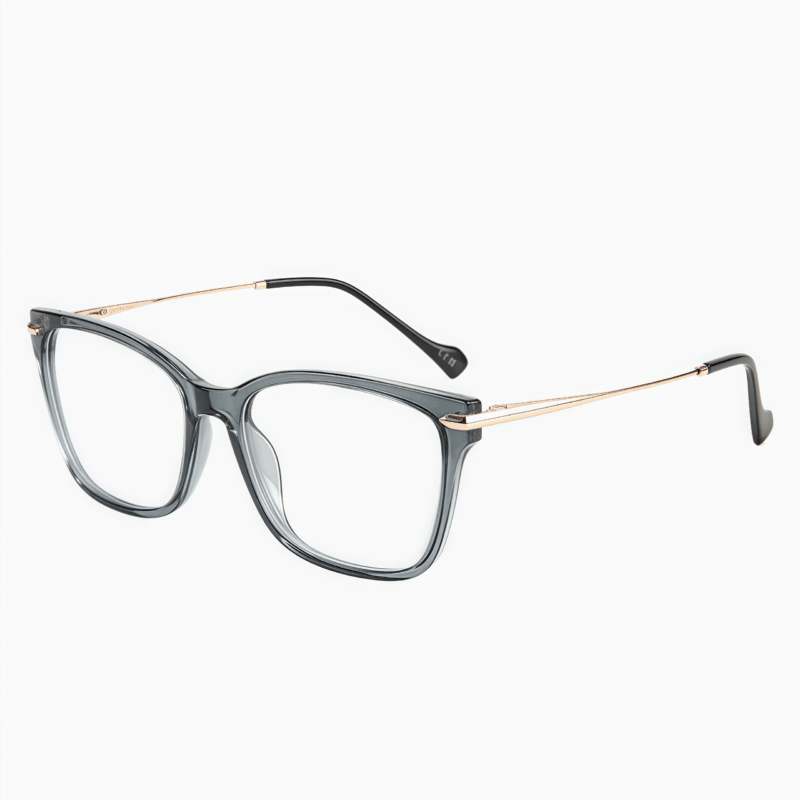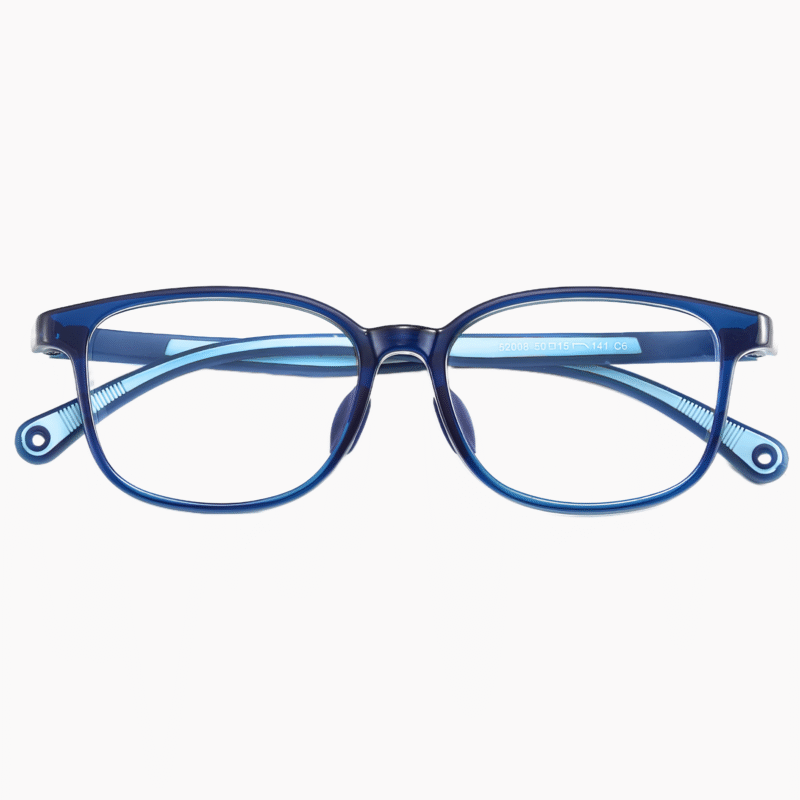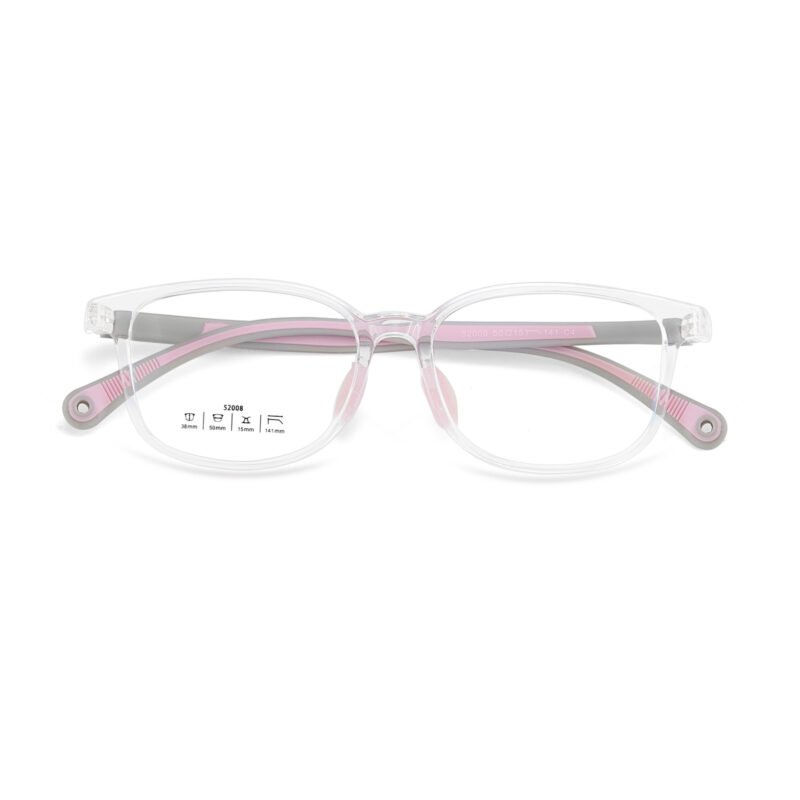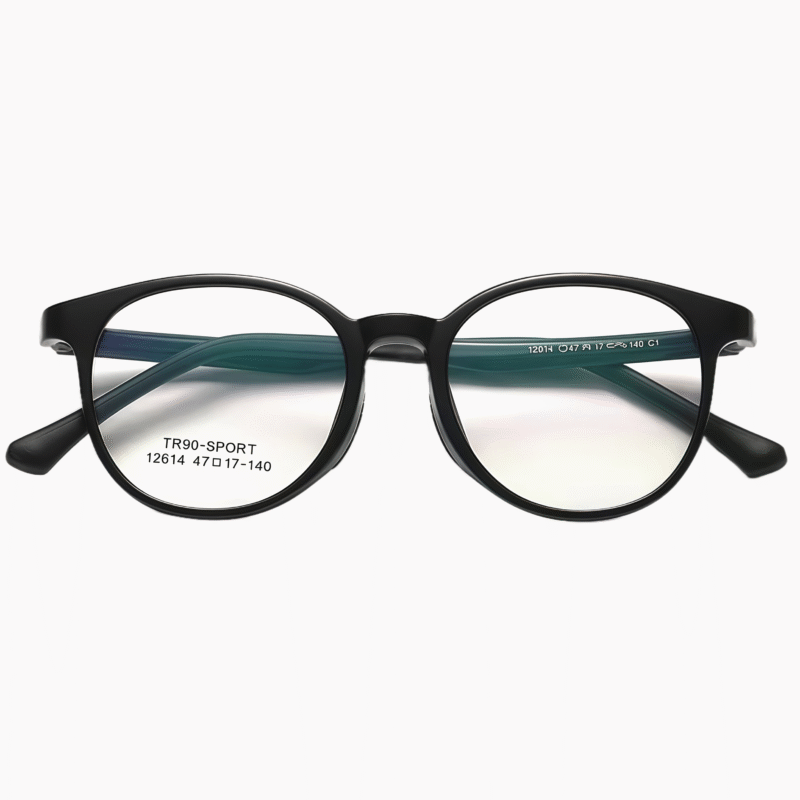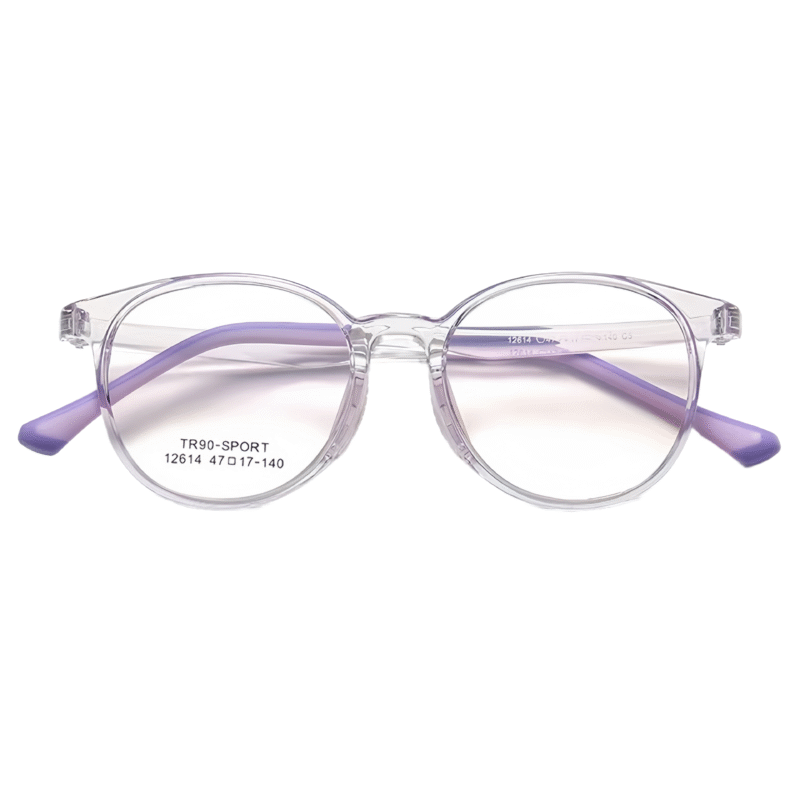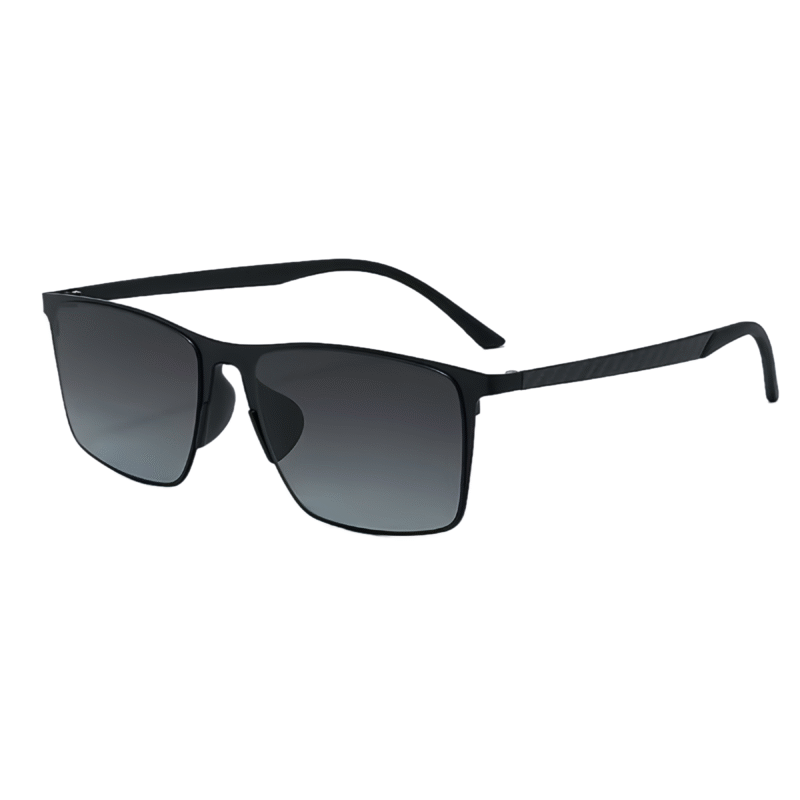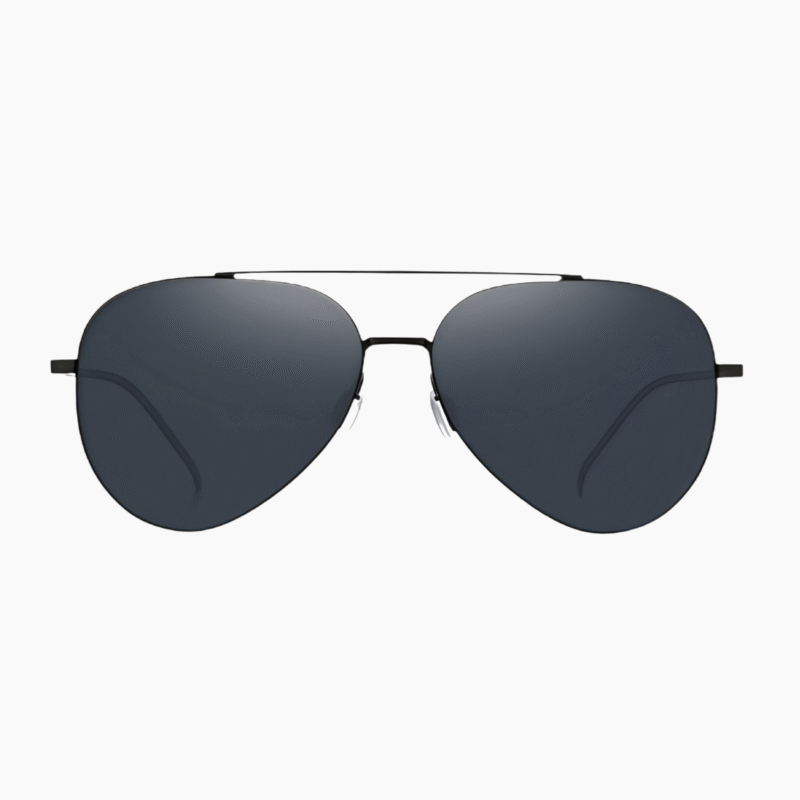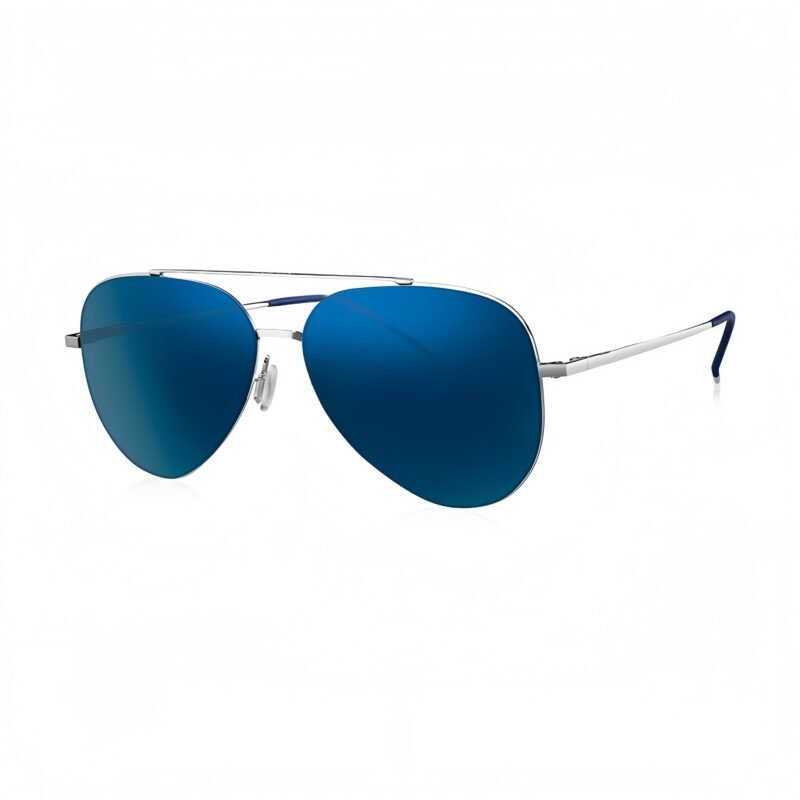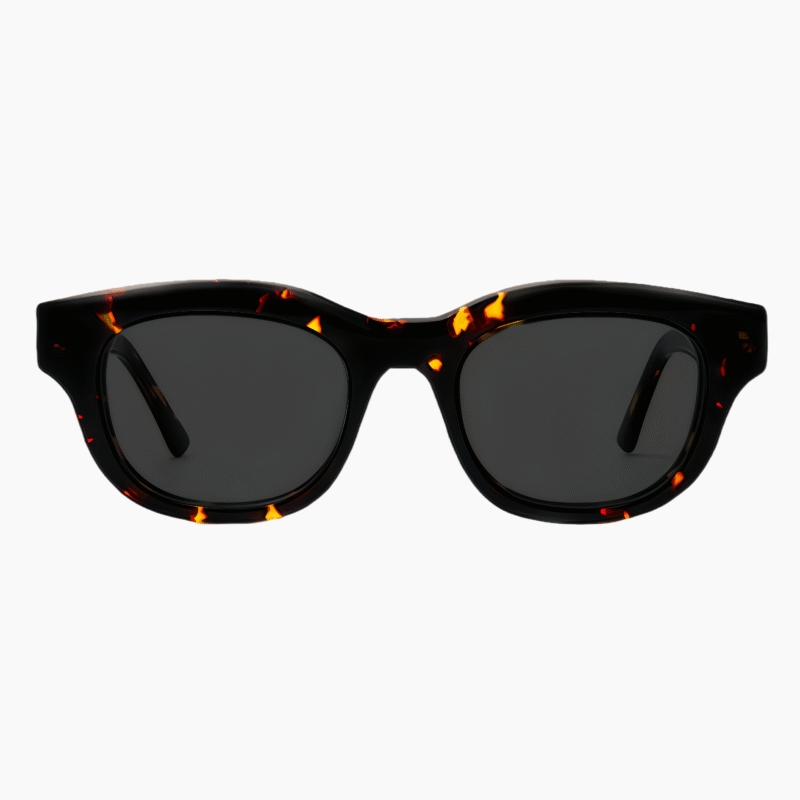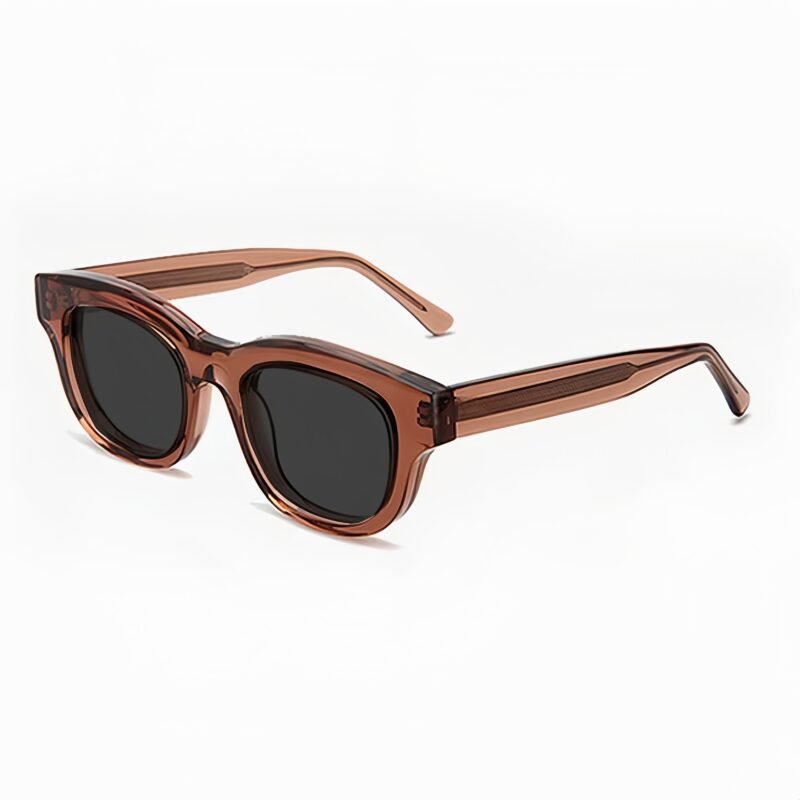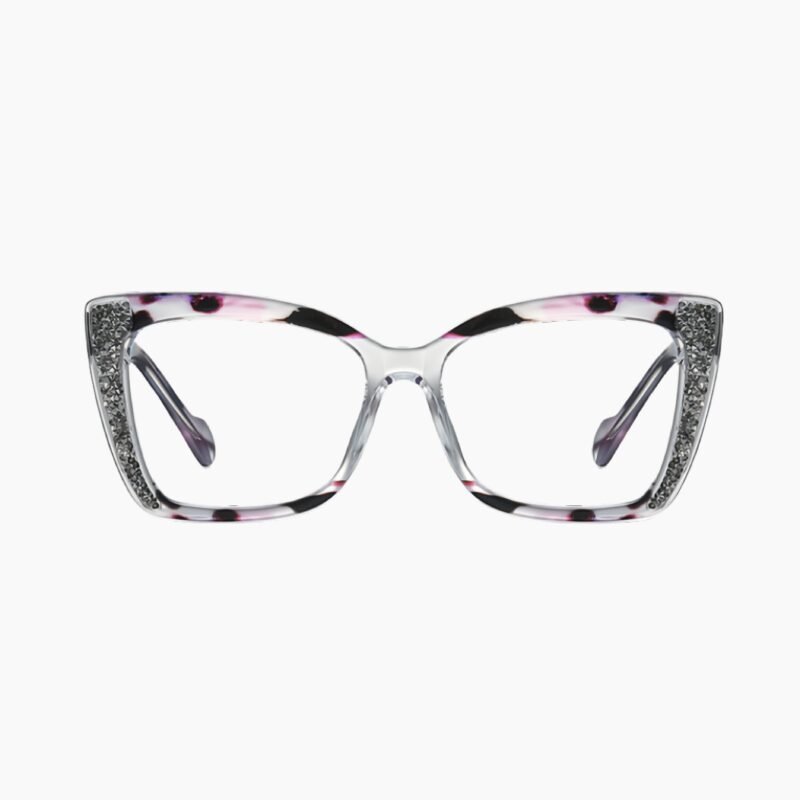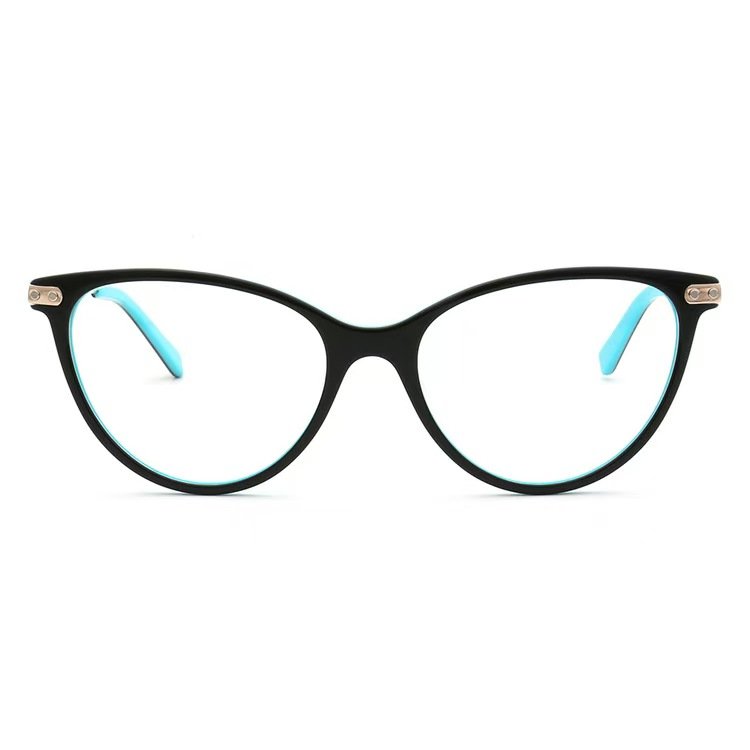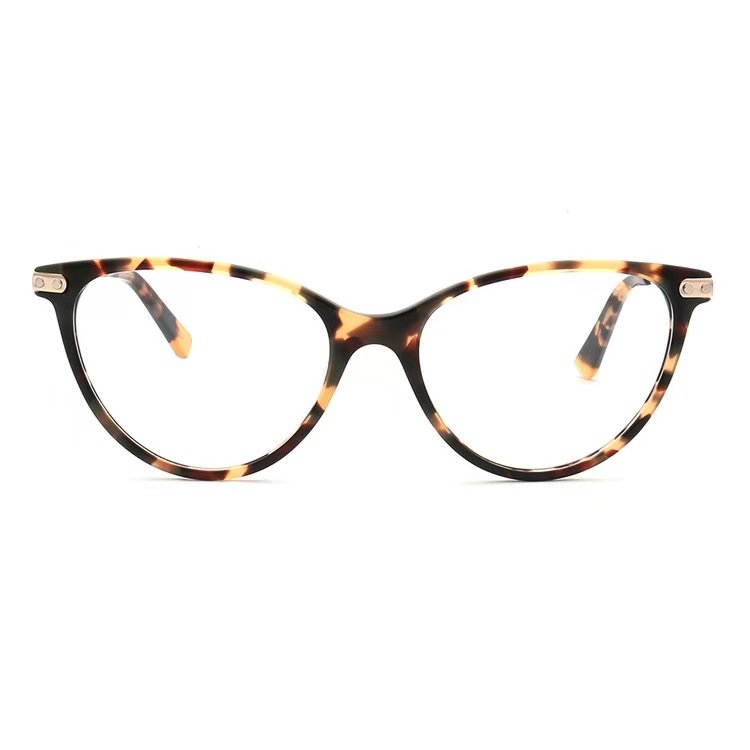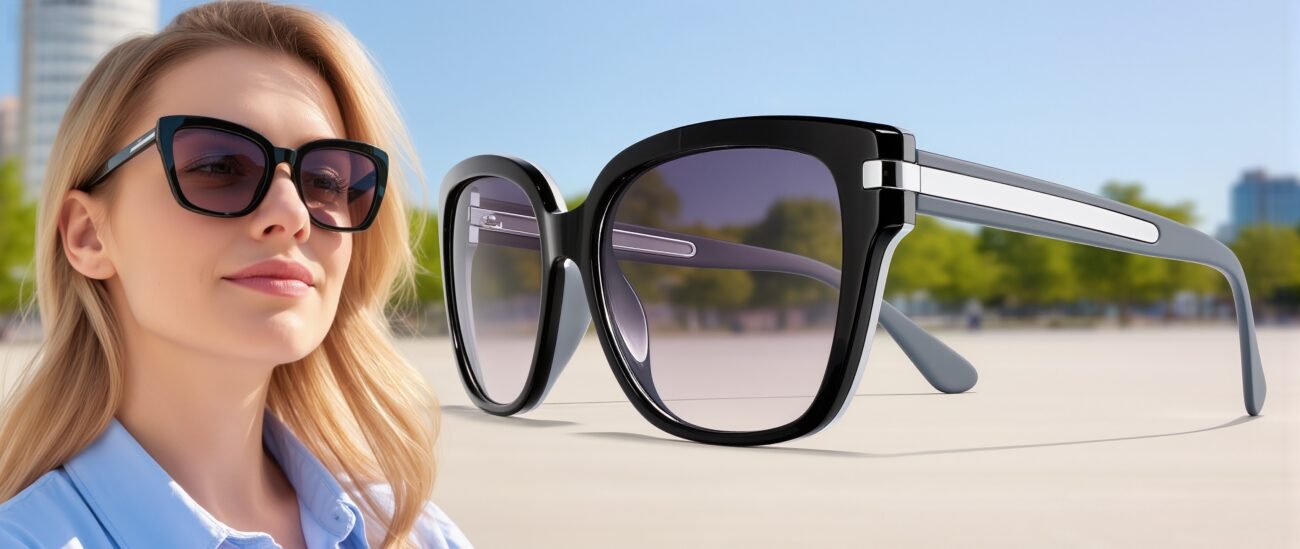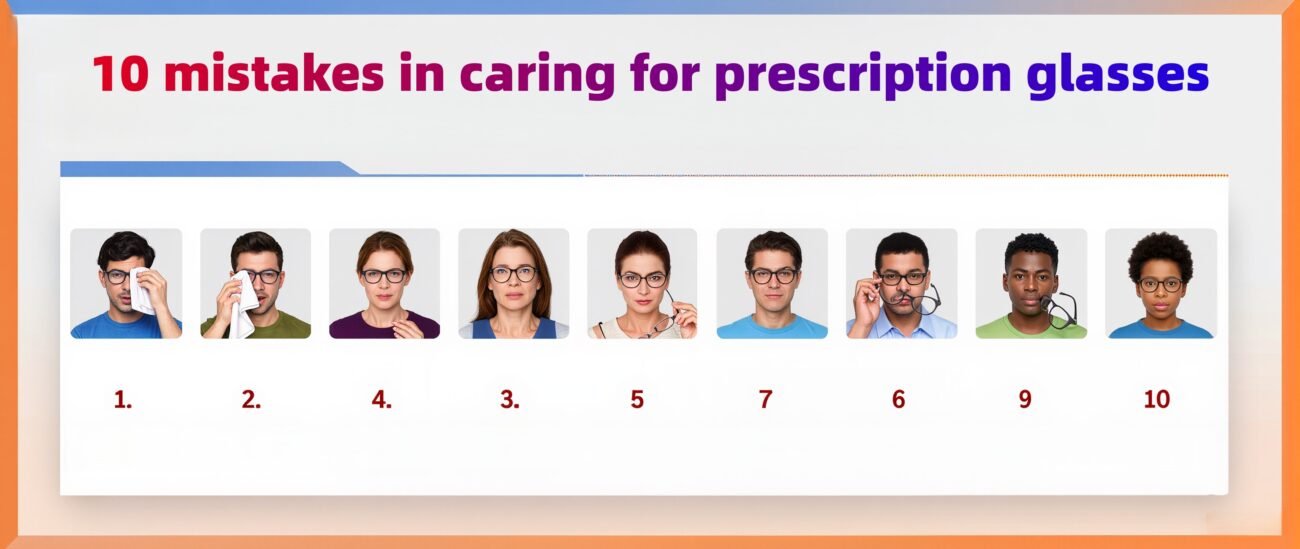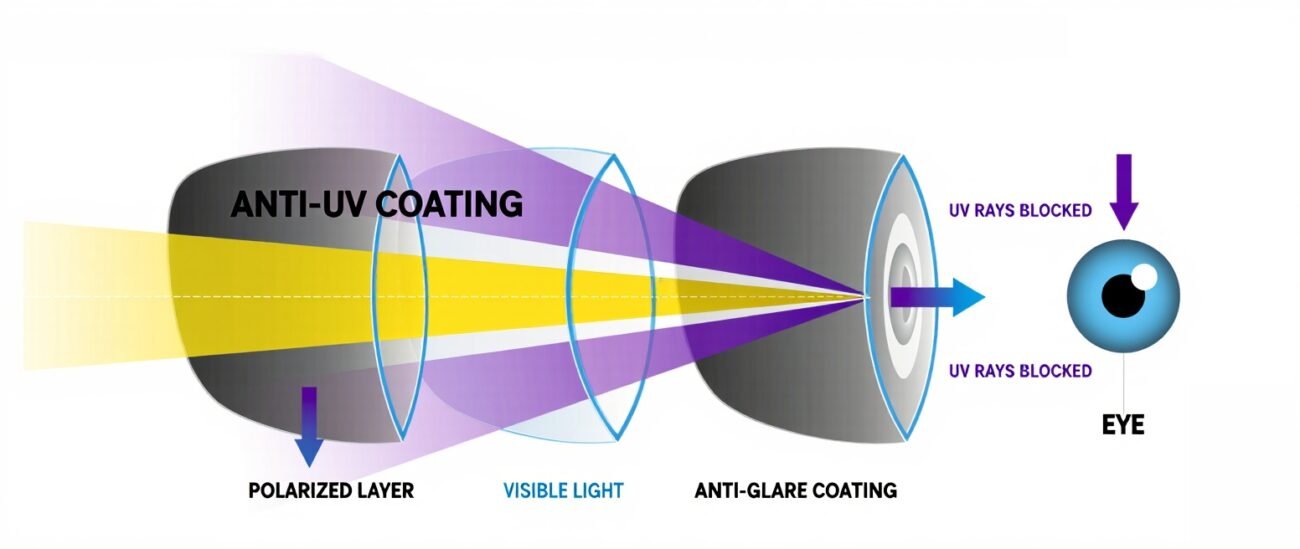Blog
Possible reasons for discomfort with prescription glasses?

So, you’ve just picked up your brand-new pair of prescription glasses. You were expecting crisp, clear vision and a comfortable fit. But instead, you’re dealing with headaches, eye strain, or even dizziness. What gives?
prescription glasses:Before you assume you’ll never adjust, it’s important to know that some discomfort can be normal for a day or two. However, persistent issues are often a sign that something is off. The good news is, most problems are easily fixable.
Let’s dive into the five most common reasons your new prescription glasses might be causing discomfort.
1. An Incorrect or Outdated Prescription
This is the most fundamental issue. If the lenses aren’t correcting your vision precisely, your eyes and brain have to work overtime to create a clear image.
· The Problem: Even a small error in the prescription—like an slight change in the sphere (SPH) power for nearsightedness or farsightedness, the cylinder (CYL) power for astigmatism, or the axis—can cause significant strain. Your eyes may struggle to focus, leading to blurred vision, headaches, and dizziness. This is especially common if you’ve been using an old prescription for a long time and your eyes have changed.
· The Solution: The first step is to go back to your optometrist or ophthalmologist for a prescription check. Don’t just assume you need to “get used to it.” A professional can confirm if the prescription you were given is accurate and up-to-date for your current visual needs.
2. Improper Pupillary Distance (PD) Measurement
Your Pupillary Distance (PD) is the distance in millimeters between the centers of your pupils. This measurement is crucial for aligning the optical center of the lenses directly with your pupils.
· The Problem: If your PD was measured incorrectly—a common issue with online eye exams or inexperienced technicians—the optical centers of the lenses will be misaligned. Your eyes are forced to look through the wrong part of the lens, which induces prismatic effects. This forces your eye muscles to work constantly to correct the image, leading to severe eye strain, headaches, and dizziness with new glasses. It can even cause double vision.
· The Solution: Have your PD professionally measured. An optician will use a pupillometer to get an accurate reading. If you ordered prescription glasses online, many brick-and-mortar optical shops will measure your PD for a small fee. It’s a critical step that should never be guessed.


3. The Adjustment Period ("New prescription Glasses Syndrome")
Sometimes, the discomfort is temporary. This is often called "new glasses syndrome."
· The Problem: If you’ve received a significant prescription change—like a stronger power, a new astigmatism correction, or a different lens design like progressive lenses—your brain needs time to adapt. It's processing new visual information, which can cause a feeling of "swimming" or distortion, especially when you move your head. Mild headache during this period is not uncommon.
· The Solution: Wear your new glasses consistently. Try to wear them for a few hours at a time in a safe, familiar environment. Avoid switching back and forth with your old glasses, as this prolongs the adjustment. Typically, this period lasts from a few hours to a couple of days. If symptoms persist beyond a week, it’s likely one of the other issues on this list.
4. Poor Frame Fit and Improper Alignment
Comfort isn’t just about the lenses; the frame itself plays a huge role. An improper fit can cause physical discomfort and visual problems.
· The Problem:
· Tight Temples: If the temple arms are too tight, they can cause pressure headaches behind your ears.
· Pinched Nose: Nose pads that are too tight or a nose bridge that doesn’t fit properly can cause pain and leave deep marks.
· Incorrect Vertex Distance: This is the distance between the back of the lens and your cornea. If the glasses sit too far from or too close to your eyes, it can alter the effective power of the lens, causing blurriness and strain.
· Skewed Alignment: If the frame is crooked or doesn’t sit level on your face, one eye will be looking through a different part of the lens than the other.
· The Solution: Visit an optician for a professional glasses adjustment. They can adjust the temple arms, nose pads, and frame alignment to ensure a perfect, comfortable, and visually accurate fit for your unique facial structure.
5. Issues with Lens Type and Coatings
The type of lens and the coatings applied can also impact your comfort.
· The Problem:
· Incorrect Lens Material: High-index lenses are thinner and lighter for strong prescriptions, but they can cause more noticeable chromatic aberration (color fringing) if you’re not used to them.
· Digital Eye Strain: If you spend long hours on digital devices, standard single-vision lenses may not be enough. Anti-reflective coating (AR coating) is essential for reducing glare from screens and overhead lights, which is a major cause of strain.
· Inaccurate Progressive Lenses: The "corridors" in progressive lenses must be perfectly positioned for your natural gaze and reading habits. Incorrect height measurements can make it impossible to find the right zone for computer use or reading.
· The Solution: Discuss your lifestyle with your optician. If you’re on screens all day, consider computer glasses with a specific prescription for intermediate distance or a blue light filter. Ensure you have a high-quality anti-reflective coating. For progressive lenses, make sure the optician takes precise measurements for the segment height.
Conclusion: Don't Suffer in Silence
Persistent discomfort with your new prescription glasses is not something you should ignore. While a short adjustment period is normal, pain, dizziness, and headaches are red flags.
The solution almost always involves consulting a professional. Schedule an appointment with your eye doctor to rule out a prescription error, and then visit a skilled optician to check the PD and frame fit. A perfect pair of glasses should provide not only 20/20 vision but also all-day comfort.
New Glasses Causing Discomfort? 5 Common Reasons Why (And How to Fix Them)
You’ve just gotten your new prescription glasses. You were expecting a world of crisp, clear vision, but instead, you’re dealing with headaches, dizziness, or a general feeling of eye strain. It’s frustrating, and you’re probably wondering, “Is this normal?”
prescription glasses While a brief adjustment period is common, persistent discomfort is not something you should ignore. Your glasses should enhance your life, not make it harder. The good news is that most causes of new glasses discomfort are easily identifiable and fixable.
Let’s explore the five most common reasons your new prescription glasses might be causing problems and, more importantly, how you can solve them.

1. An Incorrect or Outdated Prescription glasses
This is the most fundamental issue that can lead to discomfort. Your eyeglass prescription is a precise formula for your vision needs. Even a small error can have a big impact.
· Why It Causes Discomfort: If the sphere (SPH) power for nearsightedness or farsightedness is off, or the cylinder (CYL) and axis values for astigmatism are inaccurate, your eyes and brain have to work overtime to compensate. They struggle to focus, leading to blurred vision, headaches, and a feeling of dizziness. This is especially true if your eyes have changed since your last exam but you’re using an old prescription.
· How to Fix It:
· Schedule a Prescription Check: Don’t just try to “power through.” Contact your optometrist or ophthalmologist for a comprehensive eye exam to verify the accuracy of your prescription. This is the first and most critical step.
· Provide Feedback: Be specific about your symptoms. Tell your doctor exactly what you’re experiencing (e.g., “I get dizzy when I look down,” or “My vision is blurry on the sides”). This helps them pinpoint the issue.
2. An Incorrect Pupillary Distance (PD) Measurement
Your Pupillary Distance (PD) is the distance in millimeters between the centers of your pupils. This measurement ensures the optical center of each lens is perfectly aligned with your eyes.
· Why It Causes Discomfort: If your PD was measured incorrectly—a common pitfall of online eye exams or human error—your eyes are forced to look through the wrong part of the lens. This creates a prismatic effect, forcing your eye muscles to constantly strain to merge the two images. This results in significant eye strain, double vision, and severe headaches.
· prescription glasses:How to Fix It:
· Get a Professional PD Measurement: Visit an optician who can use a specialized tool called a pupillometer to get an accurate measurement. If you ordered your glasses online, many local optical shops offer this service for a small fee. It’s a non-negotiable step for comfortable vision.

3. The Adjustment Period: "New Glasses Syndrome"Sometimes, the discomfort is temporary. This is often referred to as “new glasses syndrome.”
· Why It Causes Discomfort: If you’ve had a significant change in your prescription—such as a stronger power, a new correction for astigmatism, or a switch to multifocal lenses like progressive lenses—your brain needs time to adapt. It’s processing new visual cues, which can cause a feeling of the floor seeming curved or objects appearing to “swim” when you move your head. Mild headaches during this period are not uncommon.
· How to Fix It:
· Wear Them Consistently: The best way to adapt is to wear your new prescription glasses full-time in a safe, familiar environment. Avoid frequently switching back to your old pair, as this confuses your brain and prolongs the adjustment.
· Be Patient: prescription glasses The adaptation period typically lasts from 24 to 48 hours, but for significant changes or progressive lenses, it can take up to two weeks. If symptoms persist beyond this, it’s likely one of the other issues on this list.
4. Poor Frame Fit and Improper Alignment
Comfort isn't just about the lenses; the physical fit of the frame is equally important. An ill-fitting frame can cause both physical pain and visual distortion.
· Why It Causes Discomfort:
· Tight Temples: Can cause pressure points and headaches behind your ears.
· Improper Nose Pad Fit: Can lead to pain, red marks, and the glasses sliding down.
· Incorrect Vertex Distance: This is the distance between the back of the lens and your eye. If it’s wrong, it can alter the effective power of the prescription.
· Skewed Frame: If the frame is crooked, one eye will look through a different optical center than the other, causing strain.
· How to Fix It:
· Visit an Optician for an Adjustment: A professional optician can adjust the temple arms, nose pads, and overall frame alignment in minutes. This ensures the glasses sit perfectly on your unique facial structure for optimal comfort and visual accuracy. This is a key benefit of buying glasses from a local optical store.
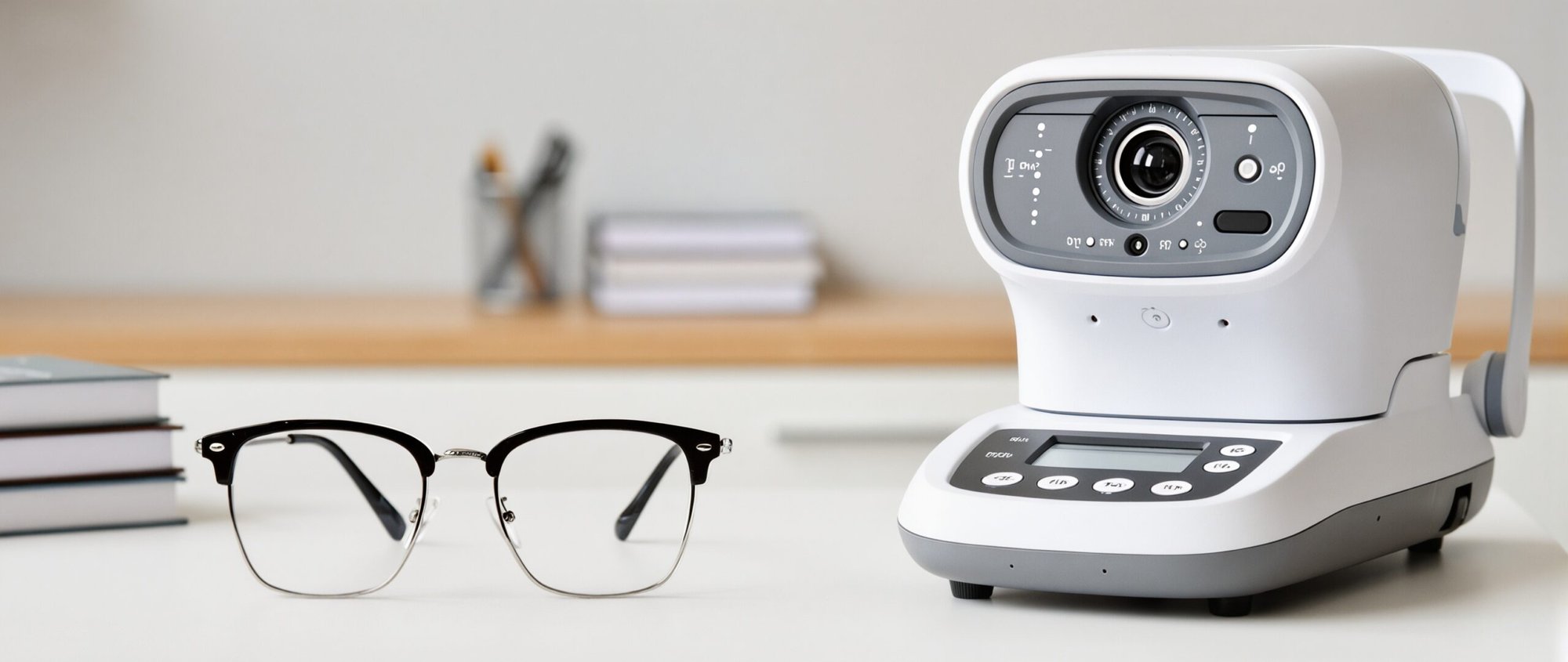
5. Issues with Lens Type and Optical Coatings
The technology in your lenses plays a huge role in comfort, especially in our modern, digital world.
· Why It Causes Discomfort:
· Missing Anti-Reflective Coating: Glare from screens, overhead lights, and at night can cause significant digital eye strain, leading to headaches. Anti-reflective coating (AR coating) is essential for reducing this glare.
· Incorrect Lens Material: High-index lenses (like 1.67 or 1.74) are great for strong prescriptions but can have more noticeable chromatic aberration (color fringing) if you’re not used to them.
· Poorly Measured Progressive Lenses: The “corridor” in progressive lenses must be meticulously measured for your natural gaze and reading habits. Incorrect measurements make it impossible to find the right zone for computer use or reading.
· How to Fix It:
· Discuss Your Lifestyle: Talk to your optician about your daily habits. If you’re on screens all day, computer glasses with a dedicated prescription or a blue light filter can be a game-changer.
· Invest in Premium Coatings: Always opt for a high-quality anti-reflective coating. For progressive lens wearers, ensure the optician takes precise measurements for the segment height.
prescription glasses Your Path to Clear and Comfortable Vision
Persistent discomfort with your new glasses is a sign that something needs attention. While a short adjustment period is normal, symptoms like pain, dizziness, and headaches should not be ignored.
The solution almost always involves consulting a professional. Start with your eye doctor to rule out a prescription error, and then visit a skilled optician to check the PD and frame fit. A perfect pair of glasses should provide not only 20/20 vision but also all-day comfort, allowing you to see and feel your best.
The Adjustment Period: Is It "New Glasses Syndrome" or a Real Problem?
You’ve unboxed your newprescription glasses with excitement, only to be met with a wave of dizziness or a slight headache. Your first thought might be, “Something is wrong with my prescription!” But before you panic, it’s crucial to understand a common phenomenon known as “New Glasses Syndrome.”
So, how can you tell the difference between a normal adjustment period and a sign of a real problem? This guide will help you navigate the first few days with your new specs.

What is New prescription glasses Syndrome?
New Glasses Syndrome refers to the temporary discomfort some people experience as their brain adapts to a new prescription or a different lens design. Think of it as your visual system rebooting. Your brain has become accustomed to the old, imperfect visual cues from your previous glasses or uncorrected vision. The new, sharper correction presents a whole new set of data that your neural pathways need to process.
Common Symptoms of a Normal Adjustment Period
If you’re experiencing the following, it’s likely a standard case of New Glasses Syndrome. These symptoms are usually mild and should subside significantly within 24 to 48 hours, and almost always within two weeks.
· Mild Dizziness or Depth Perception Issues: The world might feel slightly “tilted” or “curved,” especially when walking down stairs or looking at perpendicular lines like door frames. This is because your brain is recalculating spatial awareness with the new prescription.
· Eye Strain or a Mild Headache: Your eye muscles are working in a new way to focus through the corrected lenses. This extra effort can cause temporary fatigue, often felt as a headache behind the eyes or in the temples.
· prescription glasses ofThe “Fishbowl” Effect: You might feel like you’re looking through a fishbowl, where the center of your vision is clear, but the periphery seems slightly distorted. This is very common with new progressive lenses or significant changes in prescription.
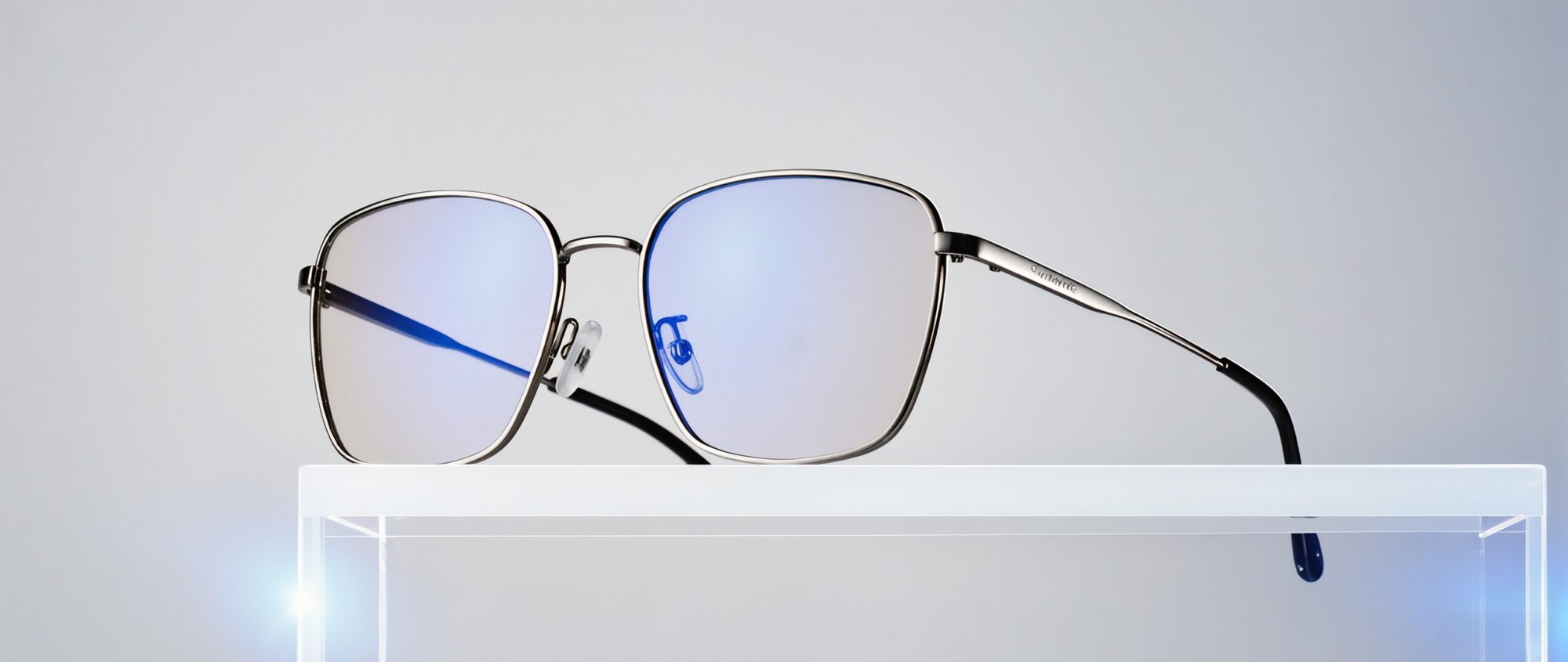
Red Flags: Signs of a Real Problem
Although some discomfort is normal, certain symptoms indicate that your prescription glasses may need professional adjustment or that your prescription is incorrect. If you encounter the following situations, you should immediately contact your optometrist or optometrist:
· Severe Headaches or Nausea: Mild discomfort is one thing; debilitating pain or feeling sick is a clear sign something is wrong.
· Double Vision or Consistent Blurriness: If you see double or your vision remains blurry after the first day, especially when looking straight ahead, it could point to an incorrect pupillary distance (PD) measurement or an error in the prescription itself.
· Symptoms That Worsen or Persist Beyond Two Weeks: The adjustment period has a limit. If your discomfort isn’t improving or is getting worse after a week, it’s time to seek professional help.
Tips for a Smoother Adjustment to New Glasses
To help your brain adapt quickly and comfortably, follow these steps:
1. Wear Them Consistently: The worst thing you can do is switch back and forth between your old and new glasses. This constantly resets your brain’s adaptation process. Wear your new prescription glasses full-time from the moment you wake up.
2. Start in a Safe, Familiar Environment: Wear your new glasses at home for the first day. Avoid driving or operating machinery until the dizziness subsides.
3. Move Your Head, Not Just Your Eyes: This is especially important for progressive lens wearers. If you’re trying to look at something to the side, turn your head to point your nose at it rather than just shifting your eyes. This helps you look through the correct part of the lens.
4. Practice Focus Shifting: If you have multifocal lenses, practice looking from a distant object (like a TV) to a near one (like a book in your hand) to train your eyes to find the right focal zone.
When in Doubt, Get a Professional Opinion
Your vision is priceless. If you’re ever unsure whether what you’re experiencing is “New Glasses Syndrome” or a legitimate issue, err on the side of caution. Schedule a follow-up appointment with your eye care professional. They can check the glasses against your prescription, verify the PD measurement, and ensure the frame is fitted correctly to your face. A small adjustment can often make a world of difference.
Conclusion: Make prescription glasses comfortable to wear, try adjusting the wearing cycle briefly

